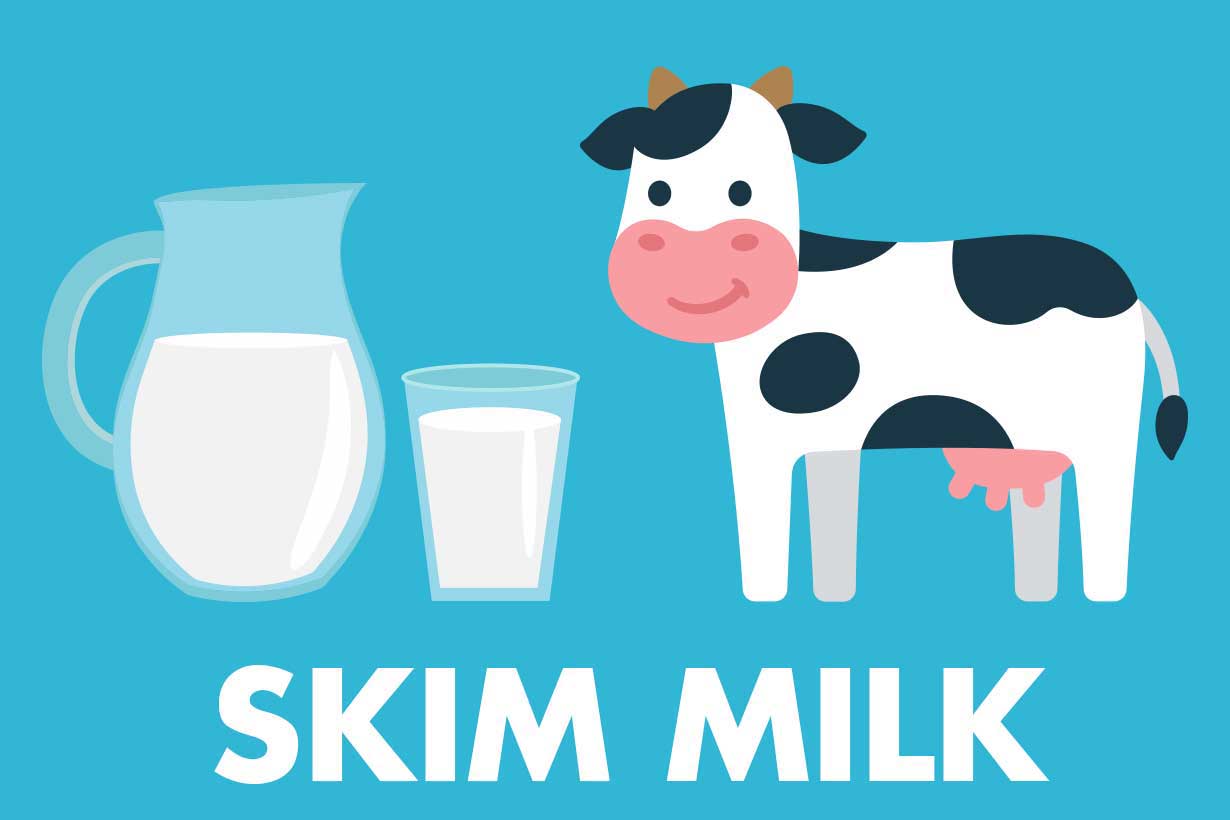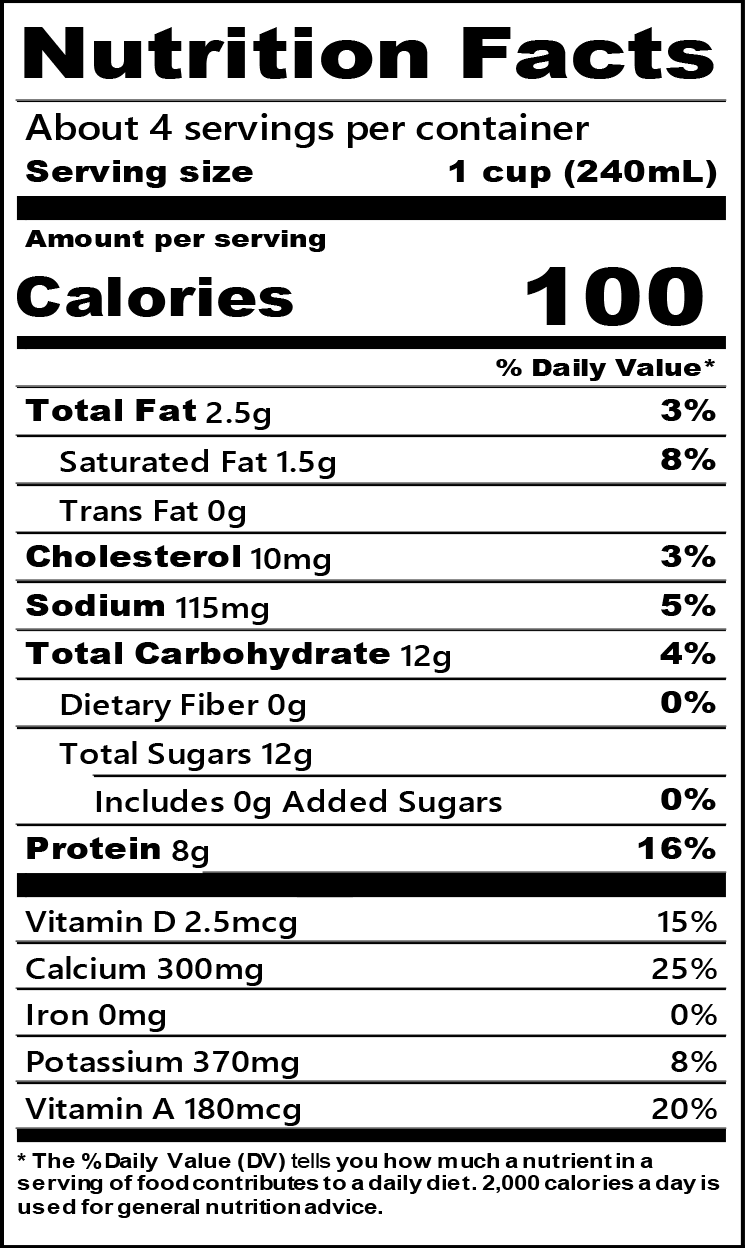

Centrifugal separation eliminates the fat atoms in the milk, making it healthfully lower in fat. In late years non-dairy or plant milk has additionally been acquiring popularity.Ĭow milk and Buttermilk can have various characteristics based on their processing strategies. Other sorts of dairy milk include buffalo, goat, sheep, camel milk, and lesser-known kinds of milk, like milk from jackasses, yaks, ponies, and different animals. The most well-known sort of milk utilized today is cow's milk. Milk is used in the making of the cake, bread, cookies, soups, sauce, chocolate, ice creams, yogurt, etc.īuttermilk is used in the making of various food products like pancakes, biscuits, cornbread, etc.īased on the mammal or animal it is from, milk and Buttermilk can have various properties. The texture of Buttermilk is thicker as compared to Milk. Milk is opaque and less thick in texture compared to Buttermilk. Milk contains more fat compared to Buttermilk.īuttermilk has less fat compared to Milk. Milk is produced from the mammary gland of various miking animals.īuttermilk is the product that is produced out of cow’s Milk. The color of Buttermilk is of pale yellow or white. Difference Between Milk and Buttermilk in Tabular Form Parameters of Comparison Both Milk and Buttermilk are of a similar colour and appearance: a white tone and thin textured beverage, which is why individuals get confused. Typically, Buttermilk is sour, while Milk has no subtle taste. The differences between Milk and Buttermilk is Milk is delivered by mammary organs of creatures like goats, bison, and cows, and Buttermilk is created by fermenting Milk. In this article, we will discuss the main differences between milk and buttermilk Milk vs. These dairy items can be healthy in moderate utilization, and the deciding factors depend on the buyer's inclinations and preferences. Milk and Buttermilk are related to an overall diminished risk of obesity, cardiovascular illness, and diabetes. Milk and Buttermilk have almost equivalent measures of minerals, aside from sodium and iron, found in higher amounts in Buttermilk. On the other hand, Buttermilk is higher in L-ascorbic acid, vitamin E, and vitamin B1. Milk also contains more nutrients, like vitamin A, vitamin D, vitamin B2, B3, B5, and B12. Milk is higher in calories, protein, fats, and sugars. HealthLink BC – Get medically approved non-emergency health information.Low-fat milk and refined Buttermilk are practically the same in their macronutrient compositions.**Check the nutrition facts table for amounts of vitamin B12 in fortified food products.įor information and advice based on your specific food and nutrition needs and preferences, call 8-1-1 and ask to speak to a HealthLink BC dietitian.įor additional information, see the following resources: Source: Canadian Nutrient File, Accessed November 2019 Nutritional yeast, fortified, large flake Add up the vitamin B12 in your diet using the amounts in foods listed below. Record what and how much you eat and drink. To estimate the amount of vitamin B12 in your diet, keep a food record for one or two days. If you follow a vegan diet and avoid all animal foods including eggs, milk, yogurt and cheese, you'll need to get vitamin B12 from fortified foods and/or a supplement. Vegetarians: Vegetarian diets, in particular vegan diets, need to be planned carefully to meet vitamin B12 needs. Adults over 50 should get the recommended amount of vitamin B12 from fortified foods or a supplement. Recommended daily amount of vitamin B12 (micrograms or mcg)Īn upper limit for vitamin B12 has not been establishedĪdults older than 50 years: Older adults do not absorb naturally occurring vitamin B12 very well.

Find out how much vitamin B12 you need Age

#B12 whole milk vs skim milk how to
This fact sheet provides information on how much vitamin B12 you need and how to check if you get enough vitamin B12 in your diet. It is also added to some foods and beverages like fortified plant based beverages, meat substitutes and nutritional yeast. Vitamin B12 is naturally found only in animal foods such as meat, fish, seafood, poultry, eggs, milk, yogurt and cheese. If you don’t get enough vitamin B12 you might develop anemia and feel tired and weak. Your body needs vitamin B12 to help keep your nerve and red blood cells healthy and to make DNA, the genetic material in your cells.


 0 kommentar(er)
0 kommentar(er)
